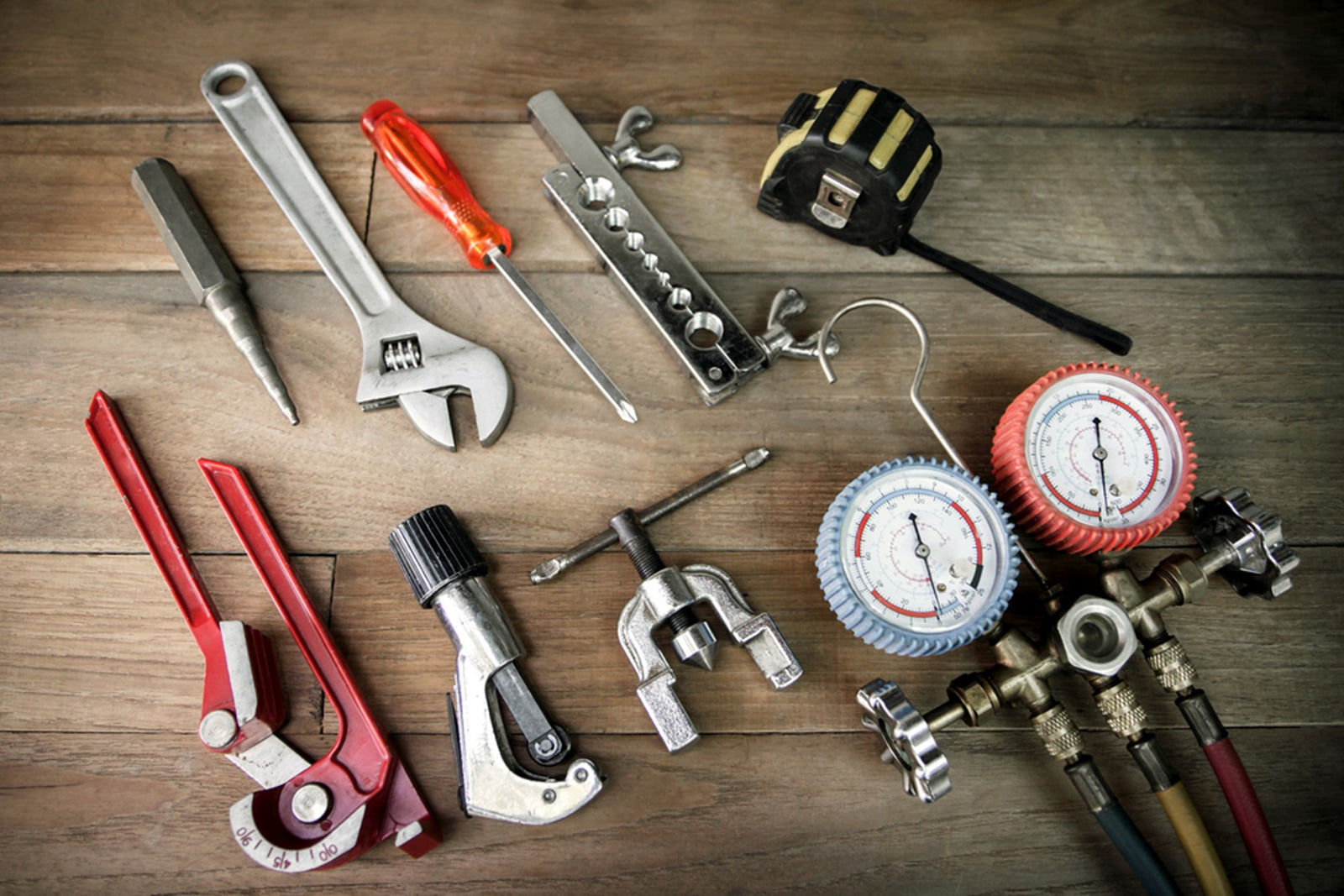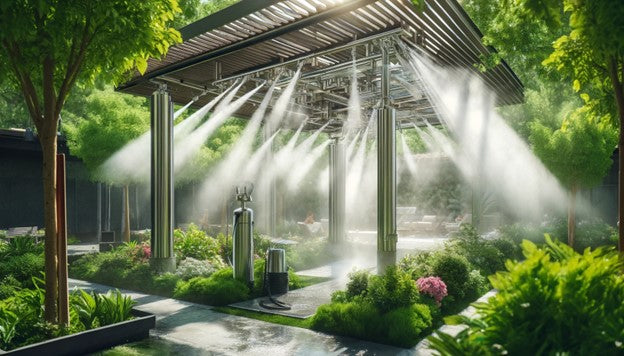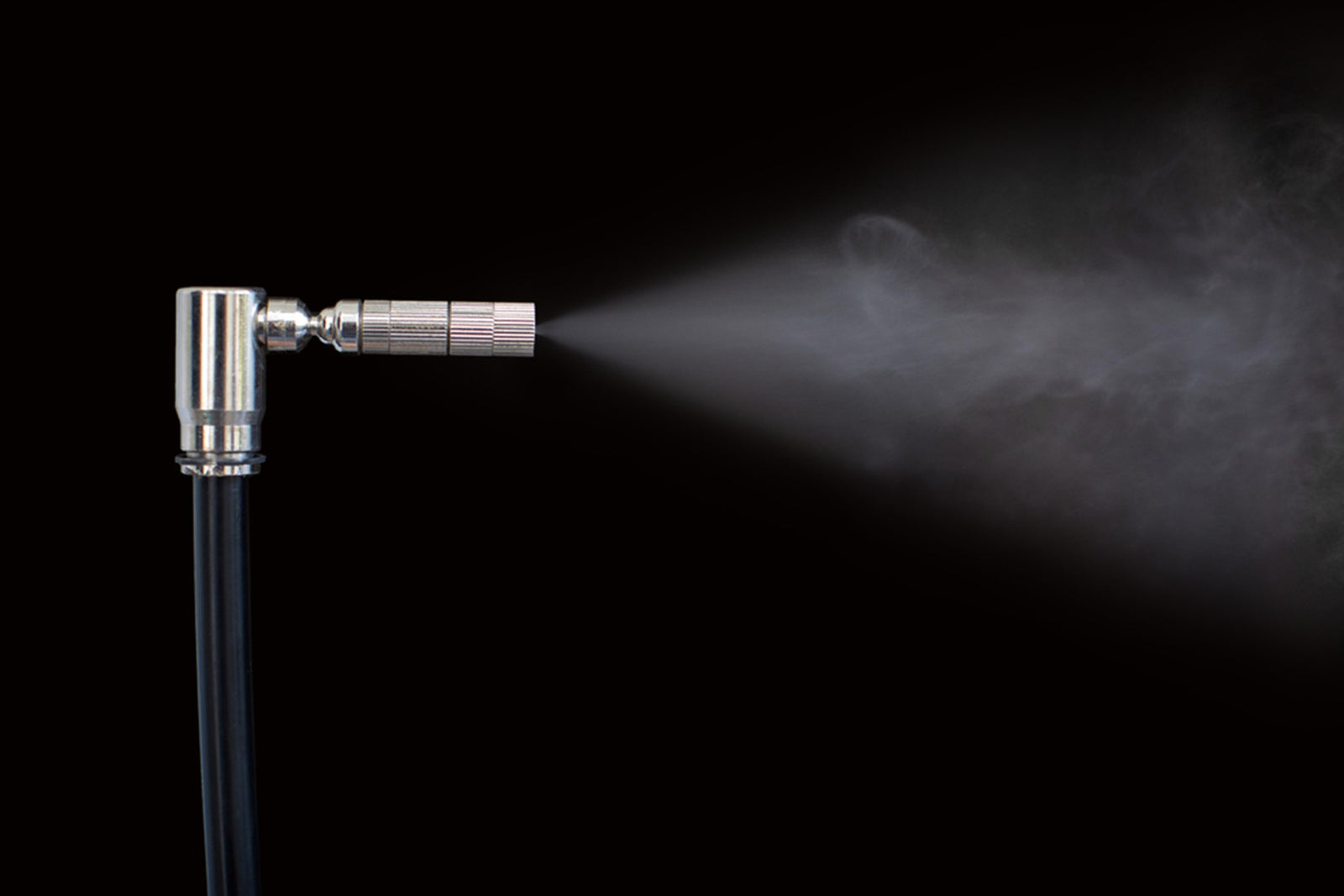
The misting system world is very different than it was a few decades ago. In the past, traditional misting systems functioned like glorified sprinklers. Now, if you buy a true high pressure misting system, you can enjoy a moisture-free outdoor cooling experience that uses less water and creates a pocket of evaporation-cooled air on your patio.
The reason for this massive change is the implementation of high pressure pumps. A good high pressure pump is the core addition that has elevated outdoor misting systems from the uncomfortable mess they used to be to the reliable and luxurious experience they are today.
Today, we’re going to go over how high pressure misting pumps work and why they’re so important in a misting system.
What is a High Pressure Misting Pump?
In old misting system models, you simply hooked the tubing up to your water supply, and that’s what pressurized the water enough to send it through the nozzles. At most, it functioned similarly to a hose but with more release points to create a harsh misting effect.
A high pressure pump is a pivotal part that is inserted at the water supply before the tubing gets connected, and it’s used to add a lot more pressure to the water on top of a few other essential features.
Assuming you have a high-quality pump and it’s set up properly, the pump’s job is primarily meant to take the water from your supply all the way up to 1000 PSI of pressure.
Combining high pressure with the special nozzle design of a high pressure system is what creates the instantly evaporating mist that cools your porch down instead of simply trickling water everywhere.
The pump blasts the water through a nozzle so quickly that it shoots out over a massive area, and it’s so thin that it evaporates as soon as it hits the air.
The System at Work: How the High Pressure Pump Does its Job
Of course, a high pressure pump is a little more complicated under the hood. While it’s easy to describe its effects, there are a lot of core components at work here.
Here’s a step-by-step breakdown of what goes on inside the pump.
1: Connecting to the Supply
First, the pump needs to hook up to your water supply if it’s going to work. This is done with a simple attachment system that screws on, seals to prevent leaks, and allows the pump to start accepting water.
2: Regulating the Amount of Water Used
As we mentioned earlier, a key part of how a high pressure misting system works is that it only uses a small amount of water. That’s why it’s more eco-friendly than traditional options, and that’s why it works in the first place. It spreads a small amount of water across a large area very quickly. There are many more outdoor misting system benefits, exceeding the ones that we discussed above!
This water regulation feature occurs in the pump.
High pressure water pumps are equipped with valves and chambers that only allow so much water to enter at once. That small amount of water is pressurized, and it’s released throughout the rest of the system.
As the pump operates, water is constantly being topped off by the valves, pressurized, and released to ensure that this process is handled in a continuous manner that maintains the cooling effect of the system.
3: Pressurization
This is where the “pump” part of the name comes in. Up to this point, the parts are more or less preparing water to be pressurized. Now, the allowed amount of water is transported to the internal pressurization chamber.
The pressure pump is not dissimilar to an air compressor or even the old water guns you used to play with as a kid. The same concept of manipulating pressure within a small space to pressurize the liquid inside is used inside these high pressure pumps. The only difference is typically how intense the pressurization feature is.
Whereas a standard foot pump or the pump on a water gun can get the water up to a few hundred PSI at most, a high pressure pump hooked up to your water supply can reach pressures of 1000 PSI. That’s more pressure than the tires on your car!
4: Valve Release
Having water under that much pressure wouldn’t be possible if it were able to escape as the pressure built up. So, there are valves at the end of the pumping system as well.
These valves trap the water while it’s being pressurized, but once the necessary pressure is achieved, the water is released. Same valves prevent any backflow from the high pressure tubing back into the pump.
How This Affects Your Misting Capabilities
Different models have slight differences in their designs and exactly how they function, but they all follow the same general layout that we provided above. They’re plugged in for electrical power, hooked up to your water supply, and they use valves, electric motor, and a pump to increase the pressure of the water before releasing it.
Regardless of any minor differences in design, these pumps achieve the same results. They push a small amount of water through your tubing system at high pressure, and that water is then separated by many tiny holes in the various nozzles along the tubing.
When that pressurized water is shot through the tiny holes in the nozzles, it “atomizes”. That’s a fancy term that essentially means it spreads itself so thin that it instantly evaporates.
Without the high pressure misting system, making the water move through your tubing with enough force to atomize would be impossible.
Where Can You Get Top-Notch High Pressure Misting Pumps?
If you’re in need of a high pressure misting pump, support for an existing pump, or even a whole new high pressure misting system, head to our store right now.
We offer the nation’s best high pressure misting systems, and our qualified staff can find a solution to all your misting problems.




